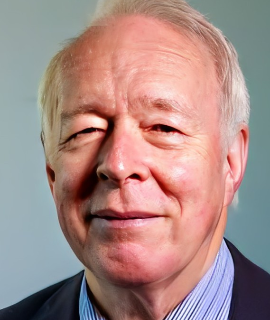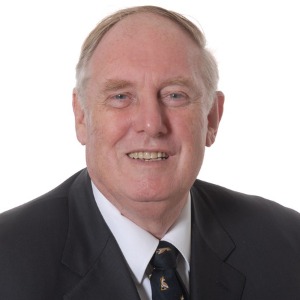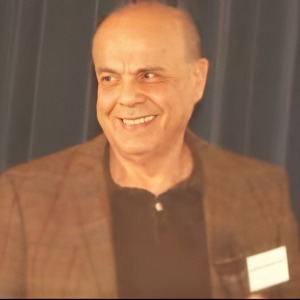Stem cells in dentistry
Stem cells are an exciting area of dentistry that has the potential to revolutionize the way dental care is provided. Stem cells are a type of unspecialized cell that has the capability to develop into any type of specialized cell, such as a nerve or muscle cell. This versatility enables stem cells to be used in a variety of ways in dentistry, from tissue regeneration to repairing damaged teeth. The most promising application of stem cells in dentistry is tissue regeneration. Stem cells can be used to regenerate lost or damaged tissue in the mouth, such as the gums, jawbone, and periodontal ligament. This can be done by isolating stem cells from a patient's own tissue and implanting them into the affected area. This can help to improve the appearance and function of the tissue, as well as providing relief from pain and discomfort. Stem cells can also be used to repair damaged teeth. Damaged teeth can be treated with stem cells that are implanted directly into the tooth. This can help to reduce the need for more invasive treatments, such as root canals or extractions. In addition, stem cells may be used to help grow back damaged enamel, which can improve the cosmetic appearance of the tooth and help to strengthen it. Finally, stem cells may be used to help treat gum disease. Stem cells can be injected directly into the gums to help reduce inflammation and stimulate regeneration of healthy tissue. This can help to reduce the pain and discomfort associated with gum disease, as well as improve the overall health of the gums. Overall, stem cells are an exciting area of dentistry that has the potential to revolutionize the way dental care is provided. With further research and development, stem cells may help to improve the lives of patients by providing innovative treatments for a wide range of dental issues.

David Geoffrey Gillam
Queen Mary University of London, United Kingdom
Christopher Turner
Spacemark Dental, United Kingdom




Title : Evaluating hygienist follow up for head and neck oncology patients in secondary care: Results from a two cycle audit
Peter Basta, Newcastle Dental Hospital, United Kingdom
Title : Atypical facial pain unravelled
Christopher Turner, Spacemark Dental, United Kingdom
Title : New treatment of temporomandibular disorder through muscle balance and muscle regeneration by activation of quiescent muscle stem cells( satellite cells) with mitochondrial dynamics
Ki Ji Lee, National Reserach Foundation & Busan Medical University, Korea, Republic of
Title : MRONJ and ORN: Referral or management in primary care? Navigating guidelines in the context of long waiting lists
Alisha Sagar, NHS England, United Kingdom
Title : Managing the unexpected: An Insight into supernumerary teeth
Bahar Gharooni Dowrani, Guy's and St Thomas' NHS Foundation Trust, United Kingdom
Title : Laxative prescribing for post operative head and neck cancer patients at Derriford Hospital
Pui Sze Kylie Li, Cardiff and Vale University Health Board, United Kingdom